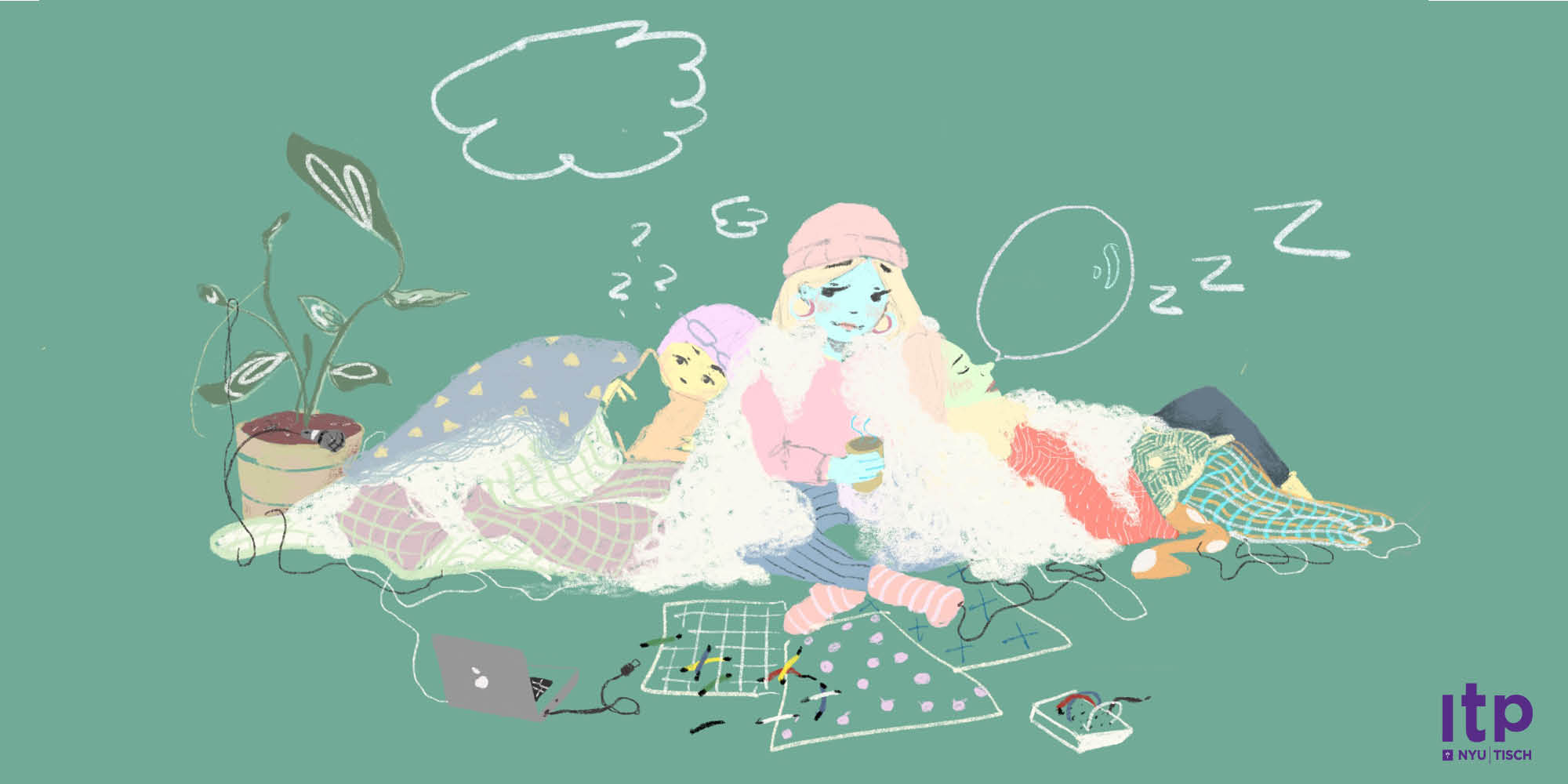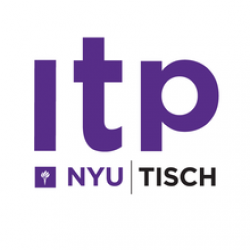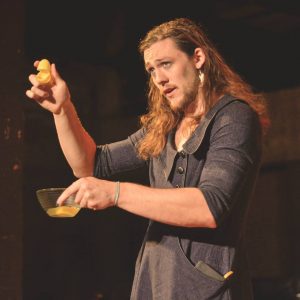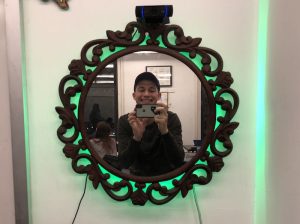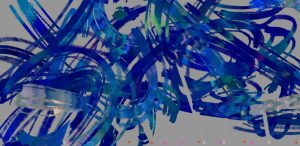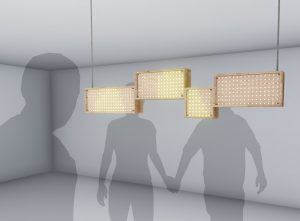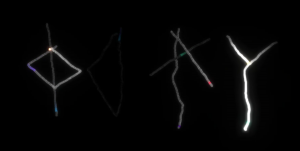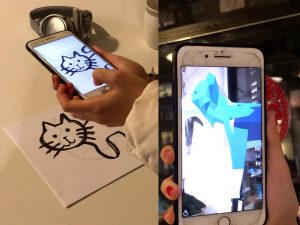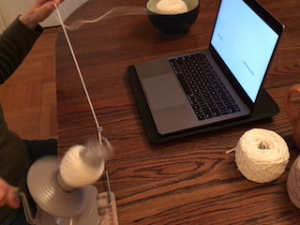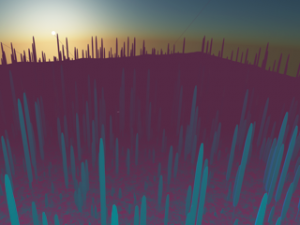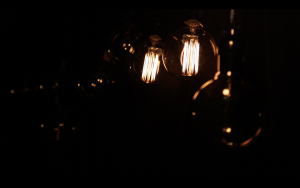August Luhrs
an endurance experiment in anonymity and audience agency, through the lens of Marina Abramovic's original performance. Send commands secretly from your phone to the performer, which they must act out until a new command is given.
https://augustluhrs.art/itpfall18/rhythm002proposal
Description
Rhythm 0.0.2 is an endurance performance art piece where I will occupy a physical space where onlookers can anonymously send me commands over their phone for me to perform. Unless using the app elsewhere on the floor, the audience will be within eyesight of me, but hopefully there will be enough people on their phones that I won’t be able to tell who is sending me what. There will be a device with me where I can receive the prompts and select the ones I've completed, but other than that I will probably be in constant motion, acting out the prompts. If space allows, I would also like a screen behind me for the audience to be able to see the current action queue. The commands will range from repetitive and physically tiring motion, to consumption of food, to removing/adding articles of clothing, to self-inflicted pain or electrical shocks, and more.
Classes
Design for Discomfort
